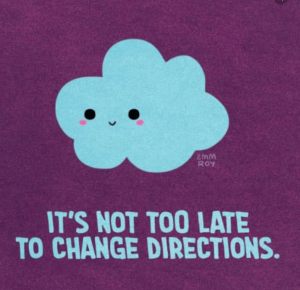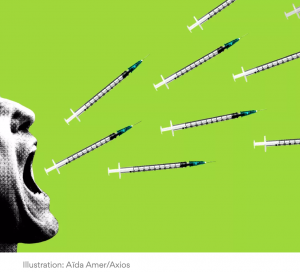Why can’t we vaccinate people in developing countries?
Cost, getting proper healthcare workers and clinics, travel into remote areas, countries with conflict, and countries with people unaccepting of modern medicine are reasons why developing countries have the highest amount of vaccine-preventable diseases. Among all of the obstacles, one of the major hurdles is that some vaccines need to be kept between 2-8*C not to spoil.
“Cold chain” vaccines, especially the ones made from live, weakened viruses, need to be kept refrigerated or frozen. That means that these vaccines need to be transported, sometimes thousands of miles, to remote places without thawing or going above a specific temperature. Ice-lined containers aren’t cutting it, and vaccinators often are left with vaccines that have to be discarded.
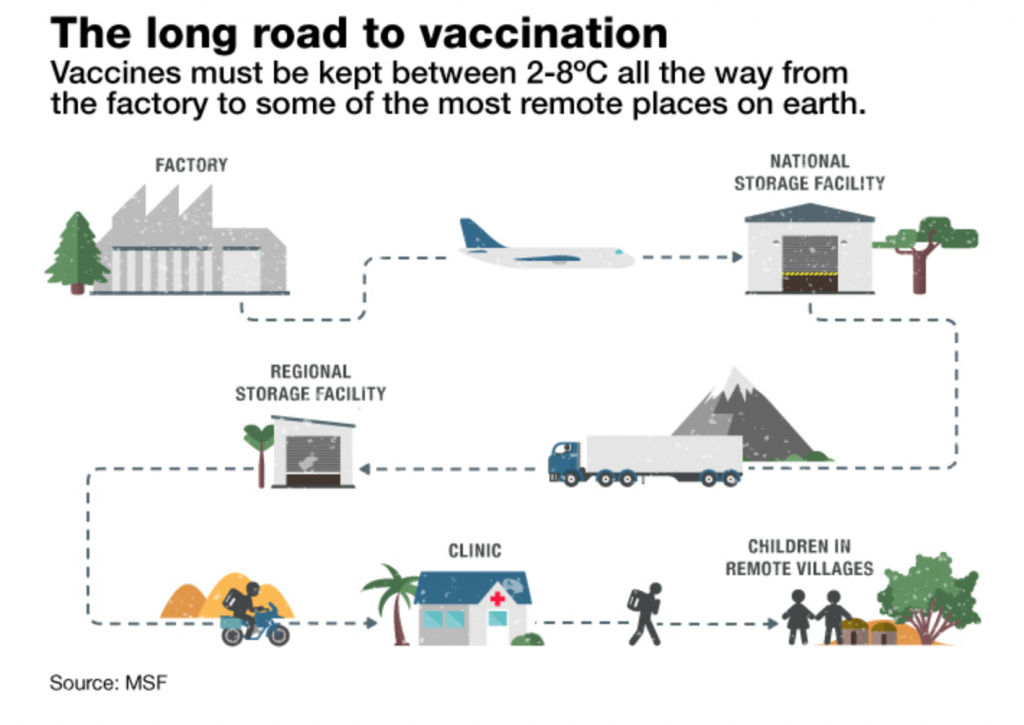
Should a vaccinator make it to the destination with useable vaccines, there are often other obstacles to getting these people vaccinated. Many of these areas lack electricity or undergo frequent power outages, making consistent refrigeration impossible.
That means that people need to be lined up and ready to be vaccinated immediately, which involves communication, coordination, and willingness to be vaccinated.
Inventors at Global Good are hard at work to solve this dilemma, and they’re making some headway.
The MetaFrig (see refrigerator photo), a small refrigerated unit that looks like a typical refrigerator on wheels, can keep vaccines refrigerated/frozen for up to five days without power. There’s a screen on the front that lets the vaccinators and clinicians know how much longer they have before the vaccines become unusable. This is great, but the problem with this system is that it needs to be transported and done so by vehicle. That’s not always an option.
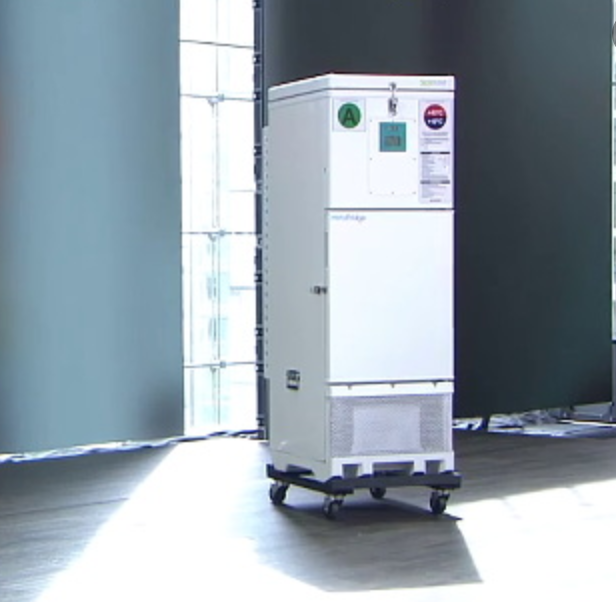
Another option in the trial phase is called the Indigo cooler (see backpack unit photo). This solves the transportation problem when vaccinators have to move on foot. It’s a backpack that uses heat to keep water cold, moving through compartments inside. It’s much more involved than this simple explanation, but it works much like sweating keeps your body cool. Unfortunately, it’s large and heavy, so the carrier of it will do a lot of sweating, too.
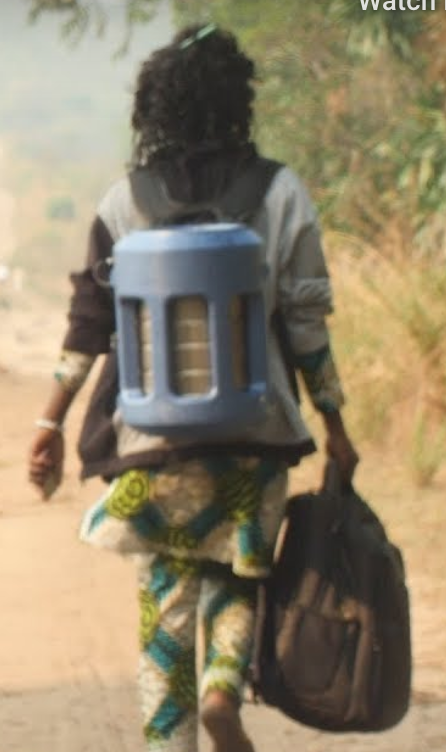
These systems aren’t perfect, but they’re helping to solve the transportation issue with cold chain vaccines. For remote places where vaccines have been unavailable, these inventions could be game-changers.
When you look at the world today, with falling vaccine rates in developed countries where misinformation is on the rise, it may seem like we are fighting a losing battle.
We are still headed in the right direction.
Vaccinating people in remote areas helps eliminate potential carriers and spreaders of disease. Every vaccinated person counts.
You may think what’s going on across the globe doesn’t affect you. Think again. Disease is only a plane ride away. A person countries away with a vaccine-preventable disease can walk into your community in a matter of hours.
Modern technology has both helped spread disease and helped keep you safe from infections. If you have access to a device where you can read this, you most likely have access to some vaccines. Don’t take that for granted. Many people wish for a way to keep their children safe from the diseases in their community.
We can protect future generations from some life-threatening, vaccine-preventable diseases. Be a part of the solution by getting your family vaccinated.
PHOTOS: All photos were taken from the Gates Foundation website

